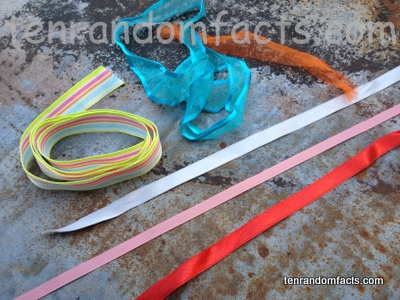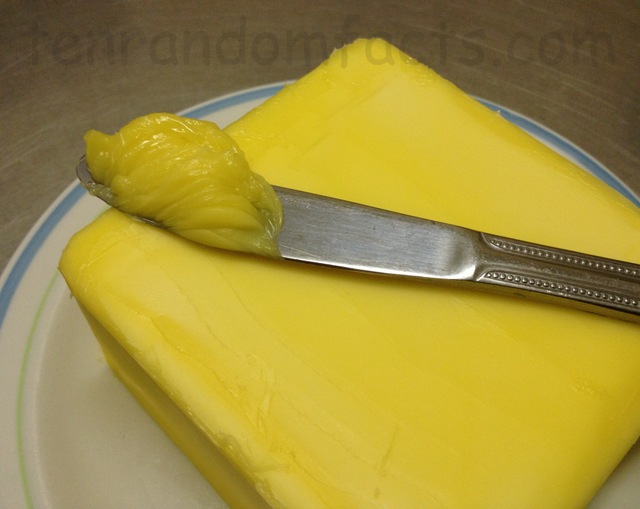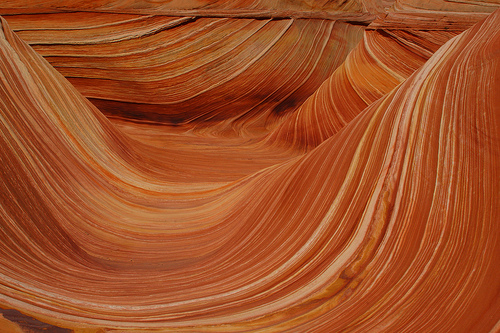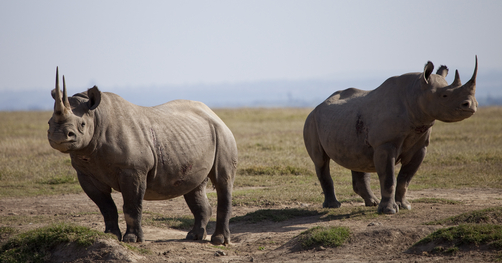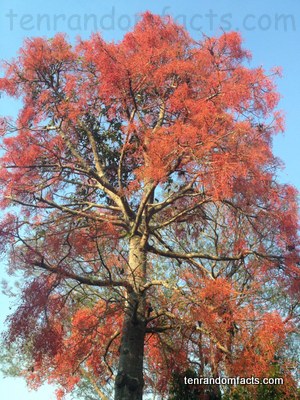
The Illawarra flame tree will not cause a fire!
- Illawarra flame trees are big trees that grow to a typical height of 20 metres (66 feet), but can grow up to 40 metres (130 feet).
- Illawarra flame trees are deciduous and are native to the eastern coastal areas of Australia.
- Illawarra flame trees are from the family Malvaceae, which is the family of mallows, to which hibiscus, hollyhocks, cotton, cacao and okra all belong.
- The scientific name of Illawarra flame trees is Brachychiton acerifolius, and they are one of the 31 species in the Brachychiton genus, which also includes bottle trees.
- When Illawarra flame trees lose all of their leaves, the tree becomes shrouded in 1 to 2 centimetre (0.4 to 0.8 inches) long red coloured, bell shaped flowers.
- Illawarra flame trees gr0w 10 cm (4 inch) long, dark brown seed pods and green, maple-shaped leaves.
- Illawarra flame tree seed pods are potentially hazardous as they contain hairs that can be inhaled, irritate on contact with skin, and in the worse-case scenario, cause blindness.
- The yellow seeds of Illawarra flame tree seeds have been eaten by indigenous Australians, who would carefully toast the seeds.
- ‘Illawarra flame trees’ are also known as ‘kurrajongs’ or ‘flame trees’ and they grow best in temperatures that are warm.
- The inner bark of Illawarra flame trees has been used to create fishing line.




